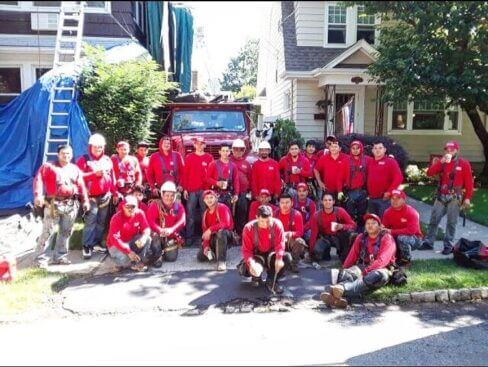
A properly insulated roof serves as your home's first line of defense against energy loss, potentially reducing heating and cooling costs by 15-20%. Yet many homes suffer from inadequate roof insulation, allowing expensive conditioned air to escape while letting outside temperatures infiltrate living spaces. Before embarking on any insulation project, consulting with an experienced roofing crew can help identify the most effective approach for your specific roof construction and local climate conditions. Here's what you need to know about maximizing the thermal performance of your sloped roof.
Several insulation methods exist for sloped roofs, each with distinct advantages depending on your home's construction:
The most common method involves keeping insulation by the rafters that make the roof form. Options include:
- -Fiberglass batts: Affordable and easy for DIY projects, ideal for attics.
- Mineral wool: Excellent for sound insulation and fire resistance.
- Cotton/denim batts: Environmentally friendly option created from recycled materials.
This method works well for unfinished attics where rafters are exposed and accessible. The key to success lies in achieving complete coverage without gaps or compression, as even small voids can significantly reduce overall performance.
For more comprehensive thermal protection, especially during roof replacement:
- Rigid foam boards installed above the roof deck
- Structural insulated panels (SIPs) that combine structural elements with insulation
- Spray foam applied between raised roof battens
This approach eliminates thermal bridging through rafters and creates a continuous insulation layer. Though typically more expensive initially, the superior performance often justifies the investment through long-term energy savings.
When preserving interior headroom is crucial:
- Thin reflective foil insulation that changes direction of radiant heat
- Vacuum insulation panels offering remarkable R-value in minimal thickness
- Aerogel blankets providing aerospace-grade insulation performance
These specialized products can supplement other insulation types where space constraints exist.
Managing moisture movement through your roof assembly is essential:
- In cold climates, vapor barriers usually stay on the warm axis
- In hot, humid environments, different approaches may be necessary
- Mixed climate zones require particularly careful planning
Even perfect insulation along the main roof surfaces will underperform if attic hatches and access points remain unaddressed:
- Weatherstrip the perimeter of access openings
- Consider pre-manufactured insulated attic access systems for optimal performance
These often-overlooked areas can account for significant energy losses if left untreated.
While some homeowners successfully tackle basic insulation projects, professional evaluation offers several advantages:
- Thermal imaging can identify existing problem areas not visible to the naked eye
- Blower door tests quantify air leakage rates before and after changes
- Experienced contractors recognize potential condensation issues before they develop
- Professional installation enforces proper material handling and placement
Reach out to us now for quality roofing services at 70 Sunrise Highway #500 Valley Stream, New York 11581 (516)- 252-3001 https://www.gafroofinglongisland.com
